Clippy Profile Pic Movement | Why Is Everyone Changing Their PFP to Clippy?
The Clippy profile pic movement is taking over TikTok, Reddit, and YouTube after Louis Rossmann launched a protest against big tech. Here’s why thousands are changing their profile pics to Microsoft’s iconic paperclip.
Clippy Profile Pic Movement Explained
Origins of the Clippy Movement
The Clippy profile pic movement started on August 7, 2025, when YouTuber and consumer rights advocate Louis Rossmann uploaded a video titled “Change your profile picture to Clippy. I’m serious.” The video gained over 2 million views in just four days and quickly spread across platforms like Reddit, TikTok, and YouTube Shorts.
In the video, Rossmann calls out disturbing practices by tech companies. One key example comes from whistleblower testimony that Meta tracks when teen girls delete selfies and uses that behavior to serve them beauty ads. Rossmann connects this to broader concerns about modern surveillance tech.
He then contrasts this behavior with something much more innocent: Clippy, the old Microsoft Office Assistant. He says Clippy never tried to manipulate users or harvest their data. He just wanted to help with your Word document.
Why is Clippy Going Viral? The Symbol Explained
Clippy was once seen as annoying, but Rossmann reframes him as a symbol of harmless, user-focused technology. Unlike today’s platforms that track everything you do, Clippy didn’t collect your personal data or try to sell you anything. He popped up to offer help and disappeared if you said no.
That’s why Rossmann chose Clippy. He represents a time before apps started mining your feelings, tracking your attention, and optimizing your behavior for profit. Changing your profile picture to Clippy is both a protest and a nostalgic signal.
“If you’re tired of companies changing the terms of the sale after the sale, change your profile picture to Clippy.”
“If you’re tired of sexbots flooding the comment section while your comments get censored, change your profile picture to Clippy.”
“Clippy never normalized sex trafficking. He just wanted to help.”
What the Clippy Movement Stands For
This is more than a meme. The Clippy movement is about:
- Exposing data mining and AI abuse
- Criticizing platform censorship double standards
- Calling out corporate control over devices you’ve already paid for
- Demanding more ethical treatment of users online
People are changing their profile pictures to Clippy to show they’re not okay with how the tech world is operating. It’s a small act, but it sends a message.
Clippy stands for a version of the internet that respected users more than algorithms. And people are bringing him back to prove that they care.
Clippy Profile Pic Downloads
Clippy Images to Use
| Popular Clippy Profile Pics | ||
|---|---|---|
 We Are Clippy! |  Clippy On Paper |  Classic Clippy |
If you’re looking to join the Clippy movement, the first step is changing your profile pic. Here are some Clippy Images ready to download and use on TikTok, Reddit, YouTube, Slack, or anywhere else:
Many users are also customizing Clippy with pirate hats, protest signs, or even clown noses to fit their style. Fan edits and memeified versions are showing up fast across Reddit and TikTok.
How to Change Your PFP to Clippy
Once you’ve picked a Clippy image, here’s how to set it as your profile picture on the most popular platforms:
- Reddit: Go to your profile → tap “Edit Avatar” → upload your Clippy PNG
- TikTok: Tap “Edit profile” → tap “Change photo” → choose your saved Clippy image
- YouTube: Tap your profile icon → select “Manage your Google Account” → update your picture under “Personal Info”
- Slack: Click your avatar → “Profile” → “Edit Profile” → upload the image
That’s it! You’re officially part of the Clippy PFP movement. Make sure to tag others or drop a meme to spread the word. 📎
Current Clippy Profile Pic Movement Progress
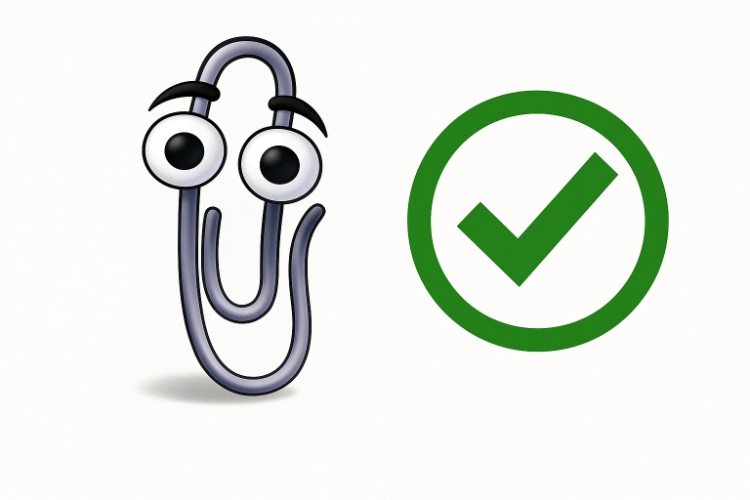
Clippy Goes Viral on Reddit
The Clippy PFP movement exploded across Reddit the same day Rossmann’s video was released. On August 7, 2025, it hit r/videos with over 2,600 upvotes in just four days. The post linked directly to the full video and helped it gain viral momentum among users who are highly engaged in tech and internet culture.
By August 9, Redditor u/Unlikely_Salad_2973 posted a Yes Chad meme to r/memes, captioned “Join the movement. Become a Clippy today.” The meme reached over 6,900 upvotes in two days. That same day, Clippy fan art started surfacing in art-focused subs like r/krita.
Within 72 hours, profile pics with Clippy avatars became recognizable across Reddit threads about AI, tech policy, and internet ethics.
The TikTok Side of the Clippy Movement
On TikTok, the Clippy movement found its footing fast. Rossmann’s message resonated with a younger crowd used to online protest through profile icons and trends. Videos with hashtags like #ClippyCult and #ClippyPFP started showing up in For You pages globally.
- @thejan11 posted a breakdown of the movement
- @MicrosoftUK even joined in with a playful Clippy meme remix, which has over 600K views
Many TikTokers are turning their Clippy avatars into video intros, profile aesthetics, and meme edits. Even non-tech creators are using Clippy to express frustration with how platforms handle content moderation, ads, and algorithm bias.
Fan Art and Memes
Like every successful internet movement, the Clippy cult wouldn’t be complete without memes and fan edits. Clippy has been reimagined as a pirate, a warrior, a protester, and even a vaporwave icon.
One viral post showed Clippy confronting Adobe’s AI tools with the caption: “He just wanted to help. You just wanted my data.” Another turned Clippy into a mock AI safety officer, reminding people of how innocent digital tools used to be.
Fan art submissions surged in #krita and #clipstudio spaces, including a popular post of Clippy in a paper pirate hat that gained over 2,400 upvotes.
The Role of ConsumerRights.wiki
As the movement picked up steam, Rossmann pointed people toward ConsumerRights.wiki, a public site he created to document modern forms of consumer abuse by tech companies. The site has become a hub for understanding the deeper message behind the Clippy protest.
According to Rossmann’s follow-up video, site activity spiked dramatically in the days following the release of the Clippy video. Hundreds of new users visited and contributed, reading articles on topics like AI data mining, software-based lockouts, and shadow moderation on social platforms.
The wiki encourages users to submit case studies, policy links, and real-life examples of corporate overreach. Rossmann describes the wiki as a place where everyday people can collect evidence, share stories, and learn how to fight back with information.
The traffic surge shows that the movement is more than visual. People aren’t just updating their avatars, they’re educating themselves and joining a larger digital resistance.
About Louis Rossmann (Founder of the Clippy Profile Pic Movement)
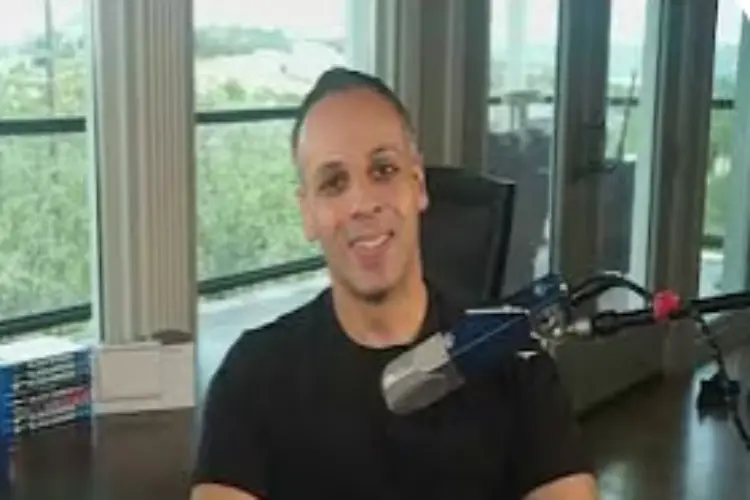
Who Is Louis Rossmann?
Louis Rossmann is a YouTuber, entrepreneur, and consumer rights advocate. He became widely known for his electronics repair videos, especially those focused on Apple devices, where he explained how companies design products to be difficult to fix. His work led him to become a key figure in the Right to Repair movement in the United States.
He owns and operates the Rossmann Repair Group, a business that fixes laptops and educates people on how to do the same. Over time, Rossmann shifted his focus from hardware repair to broader advocacy against corporate overreach in the tech industry. His videos often highlight issues like user tracking, digital lock-ins, and data harvesting.
Rossmann’s direct, no-nonsense communication style has helped him reach a global audience. He regularly explains complex legal and ethical problems in tech using examples that are easy to understand. That approach helped build a loyal following of viewers who care about tech accountability and digital freedom.
Why He Started the Clippy Protest
In August 2025, Rossmann posted a video asking viewers to change their profile pictures to Clippy. He was responding to ongoing frustration with companies like Meta, Google, and Adobe. He criticized how these companies profit from user data while censoring ordinary voices, manipulating content, and locking users into restrictive systems.
He chose Clippy as a symbol of a different kind of technology. Clippy did not track people, read their behavior, or manipulate their decisions. He was just a cartoon paperclip offering help. Rossmann argued that this simplicity and honesty made Clippy the perfect mascot for pushing back against today’s data-hungry platforms.
Rossmann connects this protest to his larger mission, which includes ConsumerRights.wiki, a site he launched to document tech abuse. The wiki gives people tools to understand and report unethical practices by companies in a clear and accessible way.
By asking people to switch their profile pictures to Clippy, Rossmann created a simple, low-effort protest that anyone can join. It is visual, recognizable, and easy to spread. His message is clear: Clippy helped. Big Tech exploits. Choose your side.

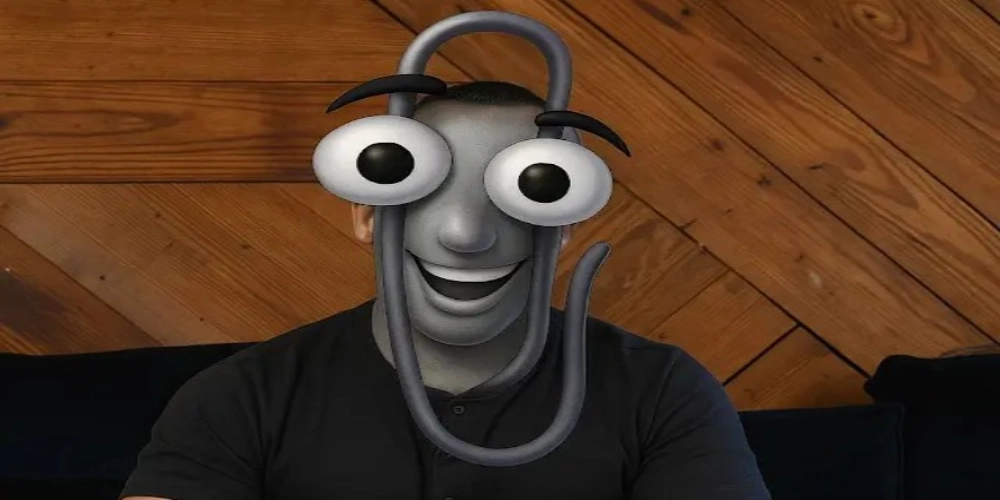




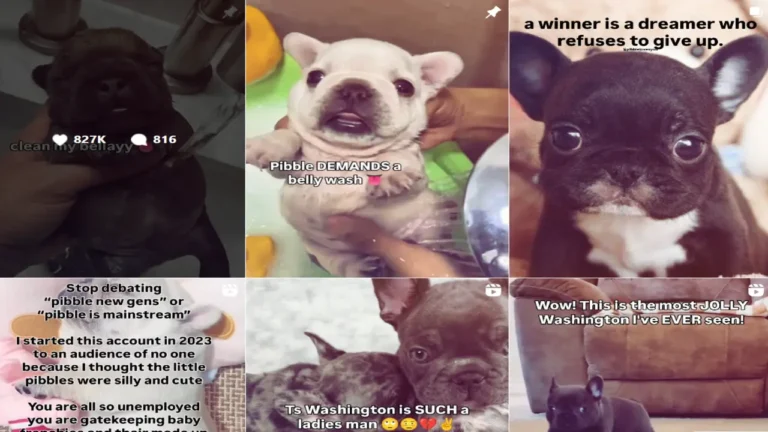
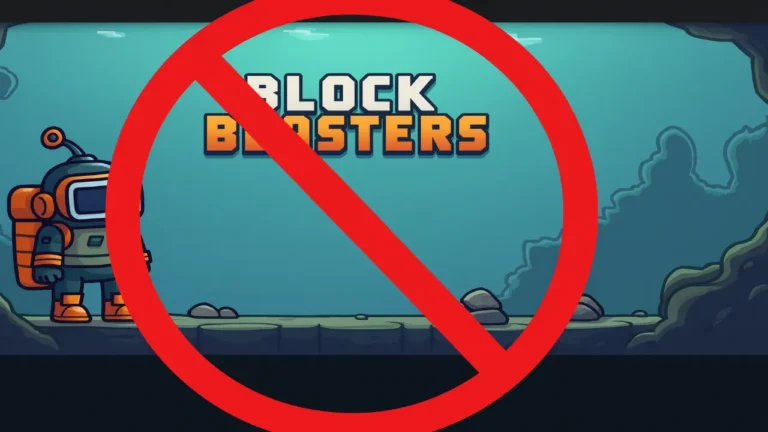


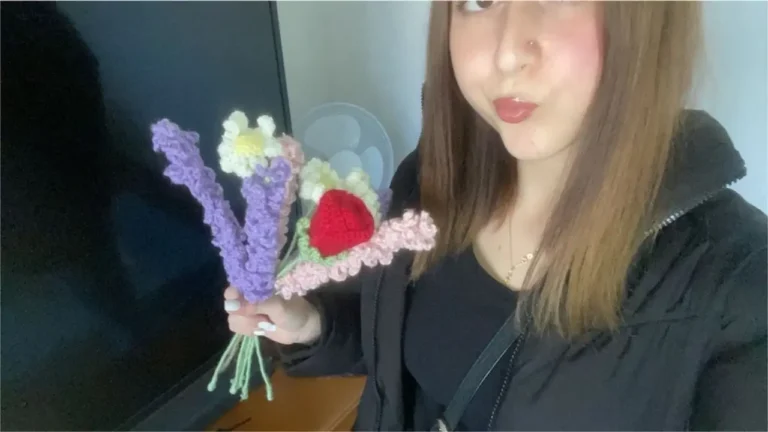
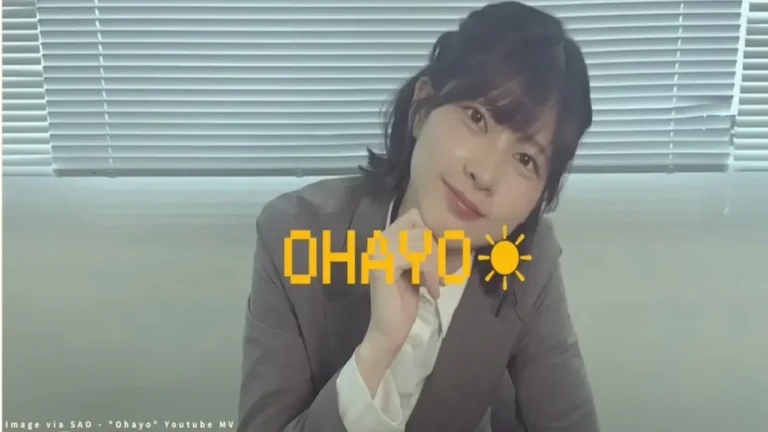
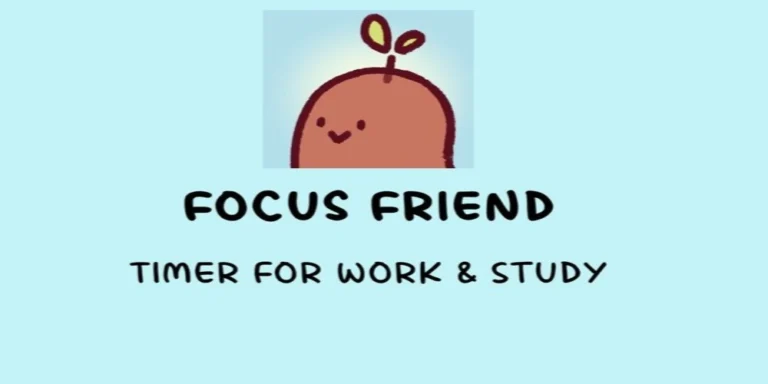

Leave a Reply